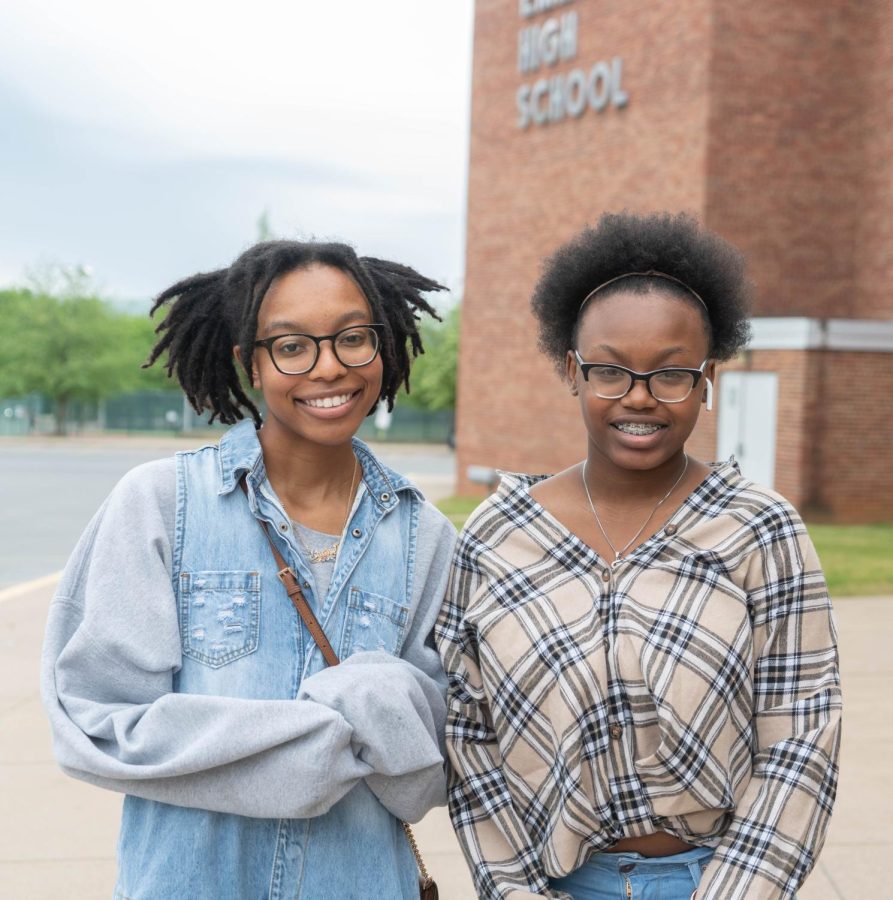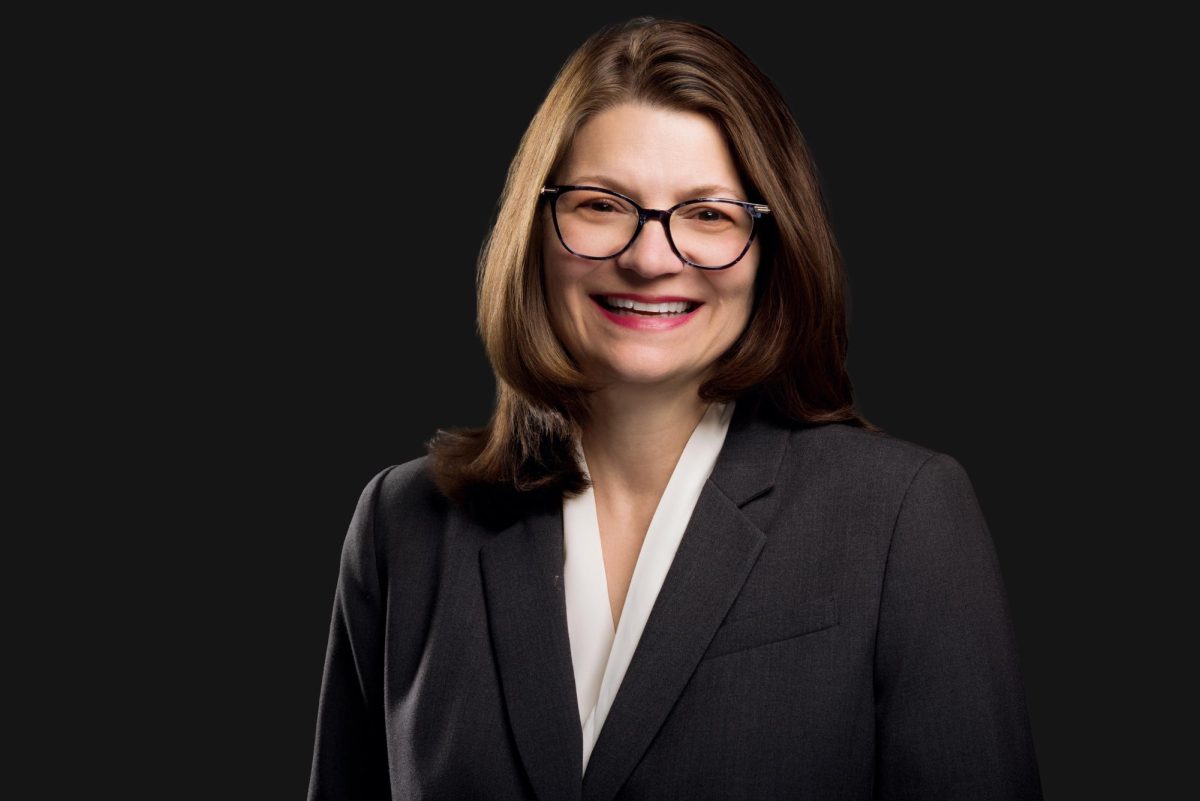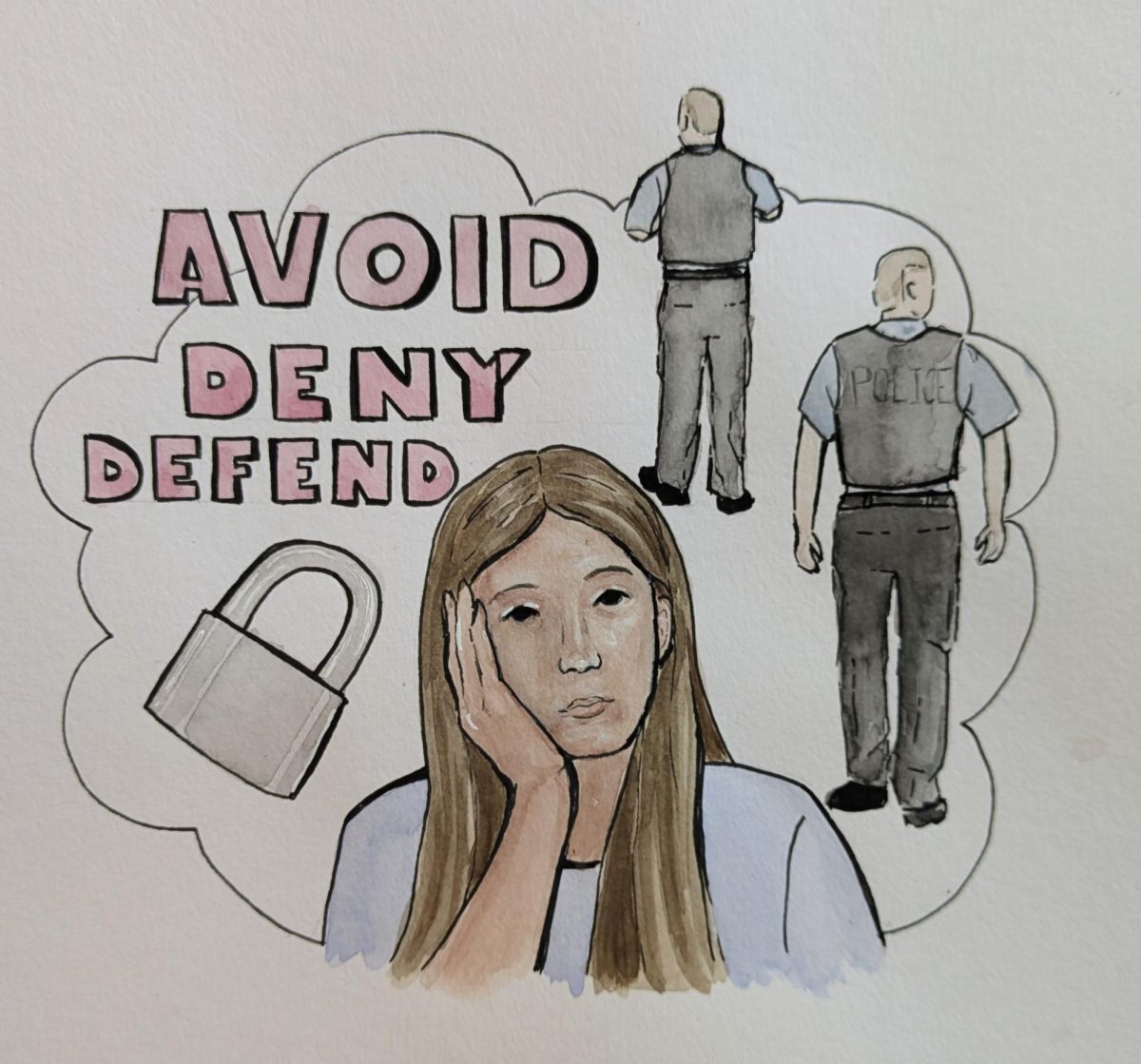Equity Plan: survey shows students feel they don’t belong
Sydné Clarke and Tami Adesanya, members of the EHS Black Student Union, stand in front of the school. The girls were featured in the Stinger’s multimedia package about the district’s equity plan. Photo by Alice Adams.
March 13, 2022
This previously ran in our February 2022 print issue.
For the past few decades, the United States, along with the entire world, has undertaken a massive racial reckoning to confront systemic racism and its toll on the world population.
The East Penn School District has also kept up with this movement, taking steps to create a more diverse and inclusive learning environment. Just over a year ago, the district introduced an Educational Equity Plan in order to help make children of all races, nationalities, ethnicities, and cultures feel welcome in its schools. During the Jan. 24 school board meeting, an update was provided to the parents and students of the district regarding the plan’s effectiveness.
Passed on Jan. 11, 2021, the Educational Equity Plan was implemented into school policy with the primary focus of establishing fairness and opportunity in education for all students. Emphasis was also placed on increasing inclusion and diversifying staff and cultural perspectives.
Part of the audit for the plan was conducted in a survey format given to all high school students during their designated advisory time. The survey was split into three main focuses: “Sense of Belonging,” “Cultural Awareness and Action,” and “Diversity and Inclusion.” When comparing the district to schools around the country, East Penn was in the 30th percentile for “Sense of Belonging” and “Cultural Awareness and Action,” and it was in the 90th percentile for “Diversity and Inclusion.”
The survey asked students self-evaluation and school-evaluation questions such as, “How connected do you feel to the adults at your school,” “How well does your school help students speak out against racism,” and “How often do you have classes with students from different racial, ethnic, or cultural backgrounds?”
The feedback from these questions serve as a way for the district to further improve upon the policy in its outspoken commitment to diversification and inclusion while simultaneously providing an idea regarding the state of the high school.
For Emmaus High School principal Dr. Kate Kieres, the state that the school is in, based on the data from the survey, is confusing and not ideal. She recognizes the pandemic as having a negative effect on student-teacher relationships, and she also notes that these surveys were conducted in unusual circumstances.
“It makes me feel sad…Last spring we had lower levels of participation, because kids were kind of all over the place, so I think the point of doing it again this fall was to try to get a better baseline,” Kieres said. “I would like to think that as we continue to go on [with] in-person [learning] that those numbers will improve. They’re certainly not going to improve by accident. Remember, it’s an Equity and Diversity survey; there’s certainly work that we need to do with specific groups of students who may feel more disenfranchised than others…”
With the East Penn School District never having conducted anything like the Equity and Inclusion update before, the feedback from the surveys and the potential it yields has been nothing short of eye-opening. EPSD Superintendent Dr. Kristen Campbell realizes the impact it has had on the district and views it as an invaluable asset for the future.
“Ultimately, I think, a really powerful strategy, not just about equity, but about a lot of things is student data and student surveys, student focus groups, whatever it might be like, ‘Hey, how is this working?’” Campbell said. “As a leader, I can think it’s going really well. And ultimately, if I asked you guys, ‘what do you think?’ and you say the exact opposite [of] that, it’s like, we have a problem.”
Campbell also shares the same concerns as Kieres when it comes to the low percentages presented throughout the data. She recognizes that something has to be done about it and has started to question ways on how the situation can be improved.
“[When] 40-47% feel that there is a sense of belonging, that’s a significant number of students who aren’t affirming that belief. That’s, that’s a concern. That’s a problem,” Campbell said. “Because there’s a lot that we know about [the] success of schools and young people when there is a sense of belonging. So you want that. So I think it’s really important for your school team to sort of unpack that a little more and say, ‘okay, why doesn’t that exist in today’s high school, and what can we do to start to build that sense of belonging?’”
Last year, around the time the equity plan was passed, members of SOAR (Students Organizing Against Racism) attended school board meetings with a list of “asks” to address issues with bias and racism in the district. Around that time, they had mixed reactions to the plan, as many described it as “safe,” or held concerns of what the plan would look like in the everyday life of a student.
Senior and SOAR co-president Sydne Clarke has since been invited to be a part of a subcommittee in the district equity audit and comprehension plan. As part of her work on the subcommittee, Clarke expressed her concerns to the school board about the results of the survey.
“The scores and percentages just aren’t good. Like, at all. You have questions such as only 30% of students feel connected to the adults at their school. You have 60% saying that they feel as though they belong at their school – but like those aren’t still the best numbers,” Clarke said. “And for cultural awareness and action, you have like 47% of students who feel comfortable sharing topics and thoughts about race relations, and only 45% feel that they’re comfortable having important conversations about race and, you know, that’s not okay.”
SOAR treasurer Elizabeth “Tami” Adesanya brought up the concern that the publicized data combining all students of Emmaus was “burying” the voices of students from racial minorities, since students at Emmaus are predominantly white. During a school board meeting that a few members of SOAR attended, they saw the breakdowns of survey results based on racial and ethnic lines.
“Because all the information is put together, it makes the school look better than it actually is collectively,” said Adesanya, a sophomore. “So if they put out the information [on how different groups of students answered], I feel like it would be a bad look, but it would also give everybody a better understanding of how everybody in the district is living, not just like the majority or the average of everybody in the district.”
Sophomore and SOAR secretary Brasiciana Ford sheds light on the drawbacks of simple survey data. She explains that it is difficult to understand people when just looking at “numbers,” “texts,” and “words.”
“It’s one thing to look at words and say, ‘yeah, this isn’t right,’” Ford said. “But then it’s another thing to hear stories and really see the faces of those students that go through those things, and think to yourself, ‘what can we do so someone else in the district five years from now – and not even five years from now, like tomorrow – doesn’t get to experience anything like that?”
Prior to the release of the equity update, a handful of SOAR members attended a meeting with the assistant superintendent, Dr. Laura Witman, to address concerns with disconnects in the district. The meeting resulted in the creation of the fourth goal proposed in the recent update: “Buildings will create practices that foster a culture and climate in service of diversity, equity, and inclusion.”
In future advancements to the equity policy, SOAR is in agreement that the district needs to advertise those updates, so students, parents, and staff can constantly remain informed on the state of the district.
At Emmaus High School and throughout the East Penn School District, we can hope to see more updates like this in the future, dedicated to providing students with equal opportunities regardless of race, ethnicity, or background.














